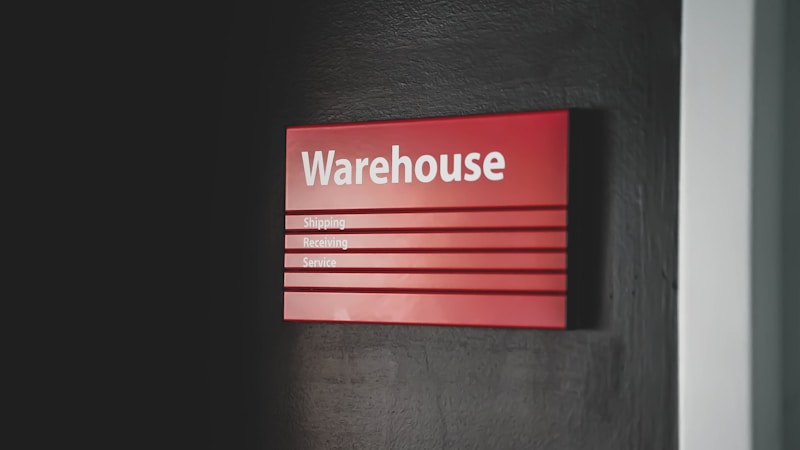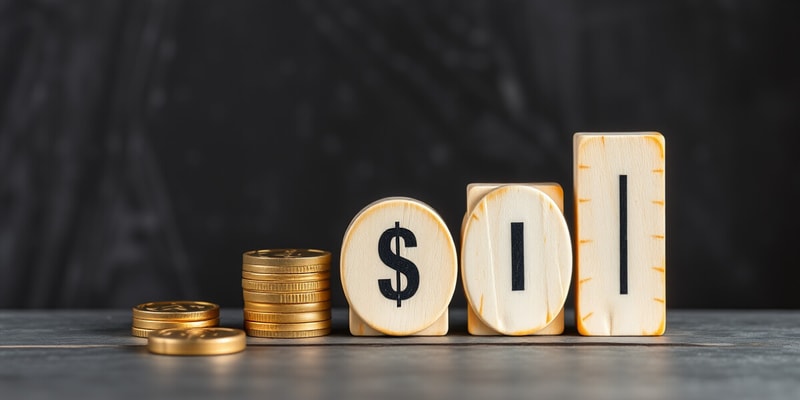Podcast Beta
Questions and Answers
Which factor increases the demand for a normal good?
How does the law of demand describe the relationship between price and quantity demanded?
What effect does a rise in the price of a complement have on the demand for a good?
In a competitive market, what does a decrease in the number of demanders do to the demand curve?
Signup and view all the answers
What is the outcome for a country that has the lowest opportunity cost for producing a good?
Signup and view all the answers
How does an expected future price increase affect current demand?
Signup and view all the answers
Which scenario illustrates a change in quantity demanded rather than a change in demand?
Signup and view all the answers
What effect does an increase in income generally have on the demand for a normal good?
Signup and view all the answers
Which factor would lead to a rightward shift in the supply curve?
Signup and view all the answers
What does an increase in the expected future price of a good do to the current supply of that good?
Signup and view all the answers
How does a bad state of nature affect supply?
Signup and view all the answers
Which of the following is NOT a factor that shifts the demand curve?
Signup and view all the answers
What is the primary function of the law of supply?
Signup and view all the answers
Which factor is least likely to shift the supply curve for a given good?
Signup and view all the answers
What does consumer surplus measure?
Signup and view all the answers
What is the impact on consumers when there are exports?
Signup and view all the answers
Which statement accurately describes the impact of imports on producers?
Signup and view all the answers
What does a balance of trade deficit indicate?
Signup and view all the answers
What is a tariff?
Signup and view all the answers
The concept of 'gains from trade' implies that:
Signup and view all the answers
What is the role of quotas in international trade?
Signup and view all the answers
In the context of trade, what does 'society' overall benefit from?
Signup and view all the answers
What is the main reason for protecting an infant industry?
Signup and view all the answers
Under what condition is protection of an industry deemed unnecessary according to the infant industry argument?
Signup and view all the answers
For which sectors is the national security argument considered to have merit?
Signup and view all the answers
What concern exists regarding Huawei's telecom equipment in the U.S.?
Signup and view all the answers
What is the justification for protection as retaliation against unfair trade policies?
Signup and view all the answers
What effect do tariffs generally have on consumers, producers, and society?
Signup and view all the answers
What is the likely effect of import quotas on society?
Signup and view all the answers
What is a significant characteristic of the sugar tariff rate quota in the U.S.?
Signup and view all the answers
Study Notes
Opportunity Cost and Comparative Advantage
- Opportunity cost is the cost of what is foregone to produce a good.
- Country with the lowest opportunity cost has a comparative advantage.
- Countries with comparative advantages tend to export those goods.
Demand and Supply Basics
- Law of Demand: Higher prices decrease, and lower prices increase quantity demanded.
- Normal goods see demand increase with rising income; inferior goods see demand increase with falling income.
Factors that Shift Demand Curve
-
Prices of Related Goods:
- An increase in the price of substitutes raises demand for the good.
- An increase in the price of complements decreases demand for the good.
- Number of Demanders: More demanders increase demand; fewer demanders decrease it.
- Preferences: Increased preference for a product raises demand.
- Expected Future Price: Anticipation of higher future prices boosts current demand.
Factors that Shift Supply Curve
- Cost: Reductions in production costs increase supply.
- Technology: Technological advances enhance supply capabilities.
- Number of Suppliers: More suppliers increase supply; fewer suppliers decrease it.
- State of Nature: Favorable conditions increase supply; adverse conditions decrease it.
- Expected Future Price: Anticipation of higher future prices can decrease current supply.
Equilibrium Concept
- Equilibrium price is where supply and demand curves intersect, balancing quantity supplied and quantity demanded.
Surpluses
- Consumer Surplus: Difference between what consumers are willing to pay and what they actually pay.
- Producer Surplus: Difference between the price producers receive and the minimum price they are willing to accept.
Trade Effects
- Exports: Consumers may be worse off due to a decrease in consumer surplus; producers benefit from increased producer surplus.
- Imports: Consumers gain from increased consumer surplus; producers may be worse off due to decreased producer surplus.
Tariff and Quota Impacts
- Tariff: Taxes on imported goods decrease consumer surplus but increase producer surplus and government revenue.
- Quota: Quantitative limits on imports lead to similar effects as tariffs, decreasing total surplus in the economy.
Balance of Trade Deficits
- Significant trade deficits have been recorded:
- 2016: $502 billion
- 2019: $617 billion
- 2023: $773 billion
National Security and Infant Industry Arguments
- Protection of certain industries may be justified by potential national security needs or to assist nascent industries until they are competitive.
Sector-Specific Examples
- Sugar tariffs protect domestic production but raise consumer prices significantly higher than world prices.
- Around 20% import limitation under tariff rate quotas reduces competition in sugar markets.
Tariff Impact Metrics
- Impact on surpluses shows losses in consumer surplus and gains for producers; however, net societal impact tends to show losses due to deadweight losses and inefficiencies.
Aggregate Effects of Trade Policies
- Trade policy changes led to a significant increase in tariffs, harming U.S. consumers and firms that rely on imports while providing some benefits to domestic producers.
Job Effects and Costs
- Protectionist measures in specific industries yield limited job protection at very high costs to consumers, resulting in a negative net effect on the economy.
Studying That Suits You
Use AI to generate personalized quizzes and flashcards to suit your learning preferences.
Related Documents
Description
Test your understanding of key economic principles such as opportunity cost, comparative advantage, and the factors affecting demand and supply. This quiz covers essential concepts that are foundational to the study of economics. Challenge yourself and enhance your knowledge of how these factors interact in real-world scenarios.




